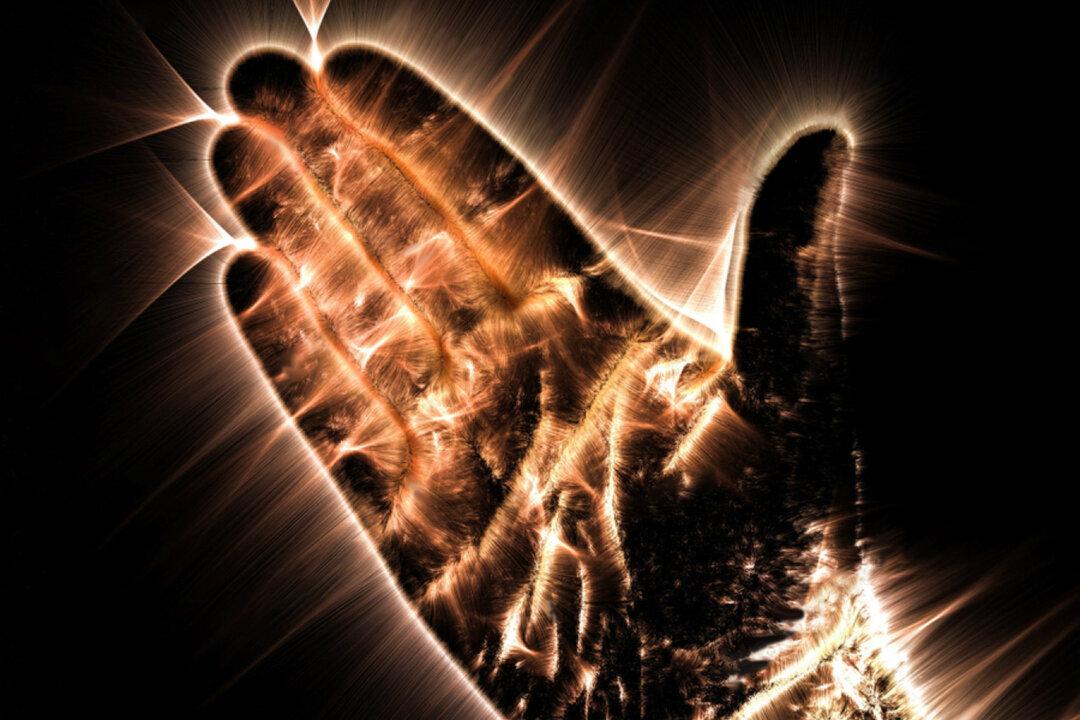In some spiritual traditions, people are said to have “auras” around them. Sometimes the auras are described as being various colors or at various levels of intensity, depending on the person’s characteristics.
Photos taken using special methods show a light surrounding people’s bodies, which is said to be the energy those people emanate.






